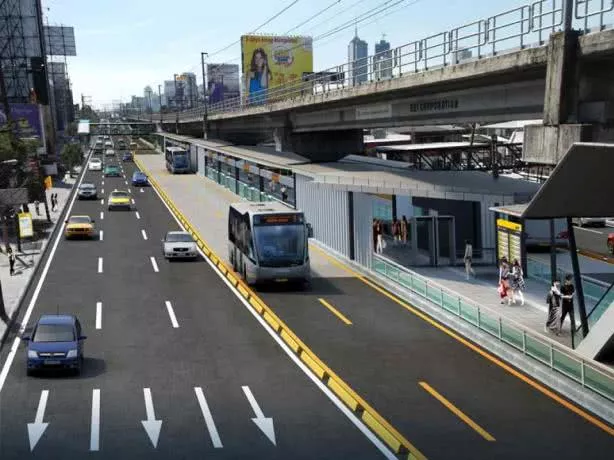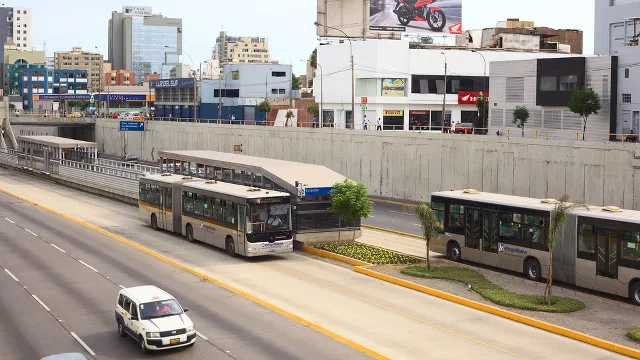It is clear that commuting in major cities is a daily agony without a feasible solution in sight. Road discipline is necessary to curb traffic woes. The government has spent Php 10.2 billion budget on the construction of a bus-based public transport system.
The three targeted bus rapid transit (BRT) systems haven’t begun construction. The government will split the budget up between them: one in Cebu and two in Metro Manila.

The government has spent Php 10.2 billion budget on the construction of a bus-based public transport system
Like trains, BRTs are excellent at safely moving large number of passengers quickly over dedicated lanes. Unlike trains run on rails, however, BRTs make high-floored buses since buses, in a way, have the lowest infrastructure costs and are considered the most affordable mode of transit system.
BRT Line 1 is expected to carry 291,500 passengers daily along the busy thoroughfares of España Boulevard and Quezon Avenue. The government will provide an estimated fund of Php 1.76 million for the BRT Line 1. It will connect with interchanges of the LRT1, PNR, the MRT-7, and the MRT-3.
>>> View more: P2P bus system: 8 routes and 85 buses

BRTs are excellent at safely moving large number of passengers quickly over dedicated lanes
An estimated Php 3.09 million budget is cost of built 48.6 kilometer ESDA BRT or Line 2. Full built out of the Line 2 would include four routes: Ortigas to Bonifacio Global City, Ayala Avenue to World Trade Center, NAIA terminals, and EDSA and will carry around 1.6 million commuters. It will be also a street where pedestrians and cyclists are allowed to commute.
The Cebu BRT is estimated to cost Php 5.37 billion and is expected to handle 330,000 commuters.
BRT buses are expected to run in 5 minute intervals. The project taskforce is also planning to offer high-speed Internet on the BRT systems. Security cameras and public-address system will be also utilized in BRT.
See also:
Will bus rapid transit remove bias against public transport?









